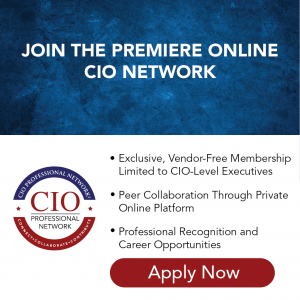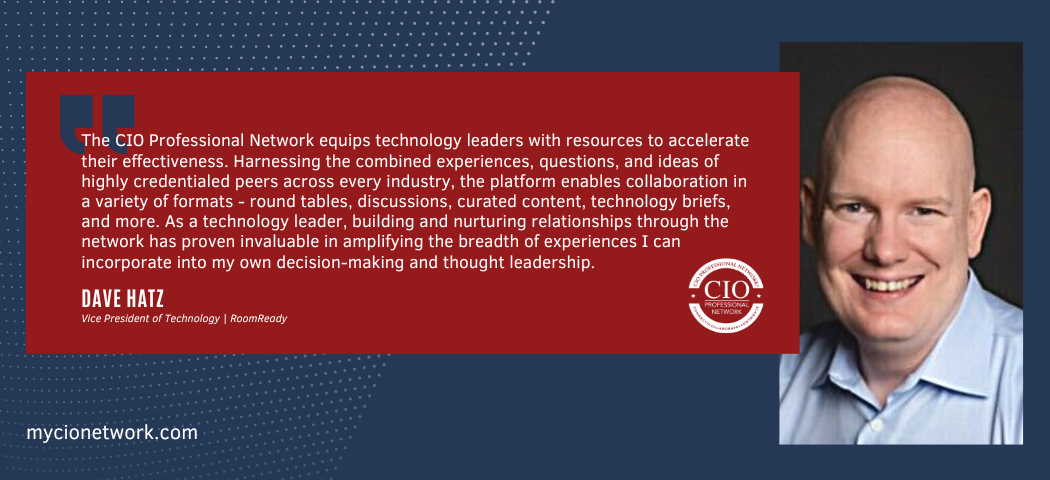Finding the best employees is one of the most important tasks that good business executives perform. For CIOs – or any leaders looking for transformational IT employees – this job takes on additional importance (and difficulty) because of the high stakes inherent with information security and a highly competitive labor market. Evidence of this reality is easy to find as national publications are filled with evidence of job turnover and advice for recruiting the best people. Staffing these crucial IT positions remains vitally important for any good CIO and those who fail to identify and attract talent handicap themselves.
We have had numerous chances to see good hiring strategies through our interviews with technology leaders at The National CIO Review. Although it often seems like staffing an IT team becomes more difficult with each passing month, the experts we talked to demonstrated confidence that good leaders will always find ways to overcome these hiring hurdles. Their strategies place a premium on concepts like developing talent internally, fostering a beneficial company culture, displaying career paths for existing employees, and targeting nearby universities. Perhaps most importantly, the leaders we spoke to showed that the best IT hiring strategies rely on many different, specific ways to build desirable and lasting job opportunities.
Internal Development and Local Recruitment
One key way to fill a staff with elite IT workers is to develop existing employees’ skills internally. Mike Nettles, former CIDO for Papa John’s, shared some of his tactics for developing and retaining the best talent. “At Papa John’s,” he told us, “we ran monthly ‘hackathons’, with our IT team members. One theme was to show me something cool with our data or taking a stab at solving a real business problem. Then the teams were asked to present working prototypes of their ideas.” Nettles also elaborated on other tactics such as involving his IT teams in recruiting efforts or working with local colleges, showing a multifaceted approach to developing the best personnel. By actively encouraging career growth and skill development, Nettles ensures that his team is constantly growing and improving.

Developing talent internally is critically important for staffing the best IT teams, but it’s equally crucial to demonstrate future career opportunities to employees. In past interviews, many CIOs repeatedly stressed the importance of fostering career growth. “Most people in technology want to grow in their technical progression, perhaps even to a management role,” Dennis Yang, CIO for the MPAA, told us, continuing, “If you don’t talk to your team and find out what they’re interested in, they will probably look for another position outside the organization.” IT employees often want to see a credible career evolution, usually from entry-level positions to leadership, and encouraging this progression is one of the best ways to build loyalty within a team.
Most people in technology want to grow in their technical progression, perhaps even to a management role. If you don’t talk to your team and find out what they’re interested in, they will probably look for another position outside the organization.
Dennis Yang, CIO for the MPAA
Another talent-retention strategy that complements internal development is college recruitment. By tapping into a growing enthusiasm for technology in higher education, CIOs can establish their companies as good landing spots for graduates and start the talent-development process as early as possible. Sarah Naqvi, CIO for HMSHost, told us that she follows this plan. She said, “we align ourselves with area universities so that we can tap into future talent pools and to drive innovation.” Marty Smith, former CIO for GreenSky, also mentioned the importance of appealing to local colleges. With IT jobs in high demand, students at the college level are increasingly likely to pursue matching career paths. Appealing directly to these individuals may not solve every job problem for CIOs, but reaching out can help situate companies for sustainable, long-term hiring success.
Company Culture and Shared Visions
At perhaps an even more fundamental level than the previous hiring approaches, CIOs who want to build the best IT teams need to establish a good company culture. A strong, sustainable culture can help motivate people, convince them to stay with a specific company long-term, and serve as a powerful marketing tool to prospective employees. It’s easy to pinpoint the benefits that companies reap from establishing a good culture, but more difficult to break down each ingredient that goes into this process. As our interviewees show, culture-building is a complex process that can play out in many ways.
A strong, sustainable culture can help motivate people, convince them to stay with a specific company long-term, and serve as a powerful marketing tool to prospective employees.

One essential piece of establishing a strong company culture is empowering employees or making sure they feel rewarded and fulfilled by their work. Dave Finnegan, Customer Experience Officer for Orvis, shared some of his strategies. He told us that, “Providing a path to make a difference in our company, that for us is of utmost importance.” For Finnegan, this may include non-traditional workspaces in the future. “Studies have shown that results are best achieved when [employees] are working remotely. We are still figuring that out, and it’s an important part of the equation moving forward.” Finnegan understands that employee comfort and happiness is a vital part of a productive workforce and strives to make these elements part of his company’s culture. The specific path to a good culture isn’t exactly the same for every corporation, but the end goal has undeniable benefits for everyone.
Another way to empower employees and build culture is to make them partners in shared company visions. Beth O’Rorke, former CIO for Blue Cross Blue Shield of Massachusetts, uses this strategy when hiring. “What we need to do is really share our story. It’s a great one, we’re actually a cool company doing some cool stuff, and [employees] can be a part of it.” Yang employs a similar approach when trying to attract the best IT talent in the film industry. He told us, “My strategy is to share the MPAA’s story. Who doesn’t want to be in entertainment or Hollywood?” Every company has some unique asset or attribute and allowing these elements to shine as much as possible demonstrates their desirability to employees. If team members truly feel that they are contributing to meaningful goals, the motivational benefits will be considerable.

Every IT Team is Unique
From these interviews, it’s evident that the leaders we spoke to place a clear focus on appealing to the people behind IT jobs through many different strategies rather than approaching the talent pool with a one-size-fits-all perspective. It’s tempting to view an IT team as a faceless group of talented, interchangeable pieces, but the CIOs and technology leaders we spoke to demonstrate that good hiring and management strategies foster empowerment, innovation, and a high degree of freedom within their teams. The responses from the executives we spoke to also show that while there are some strategies that may be universal (and good talent is always essential), there is no cookie-cutter approach that can be copied and pasted to fill out IT teams. Working to blend technology and business success is a difficult, complex process, and hiring a team of technology employees is no different. In the hierarchy of the most important tasks that CIOs do, fully staffing an IT team ranks at or near the top.
As 2021 continues to mature, the demand for IT talent will only continue to grow. Employers are smart to look to local colleges and universities for future hires, and this strategy, along with ideas like developing talent internally and building a desirable culture, will continue to be vitally important in the coming years. However, these hiring strategies all come from a similar mindset: prioritizing the people – through a variety of different means – who supply the skills and expertise that are in such high demand. This approach guides the hiring practices of the CIOs that we spoke to for the National CIO Review, and it should continue to form the basis of successful IT talent acquisition going forward.












